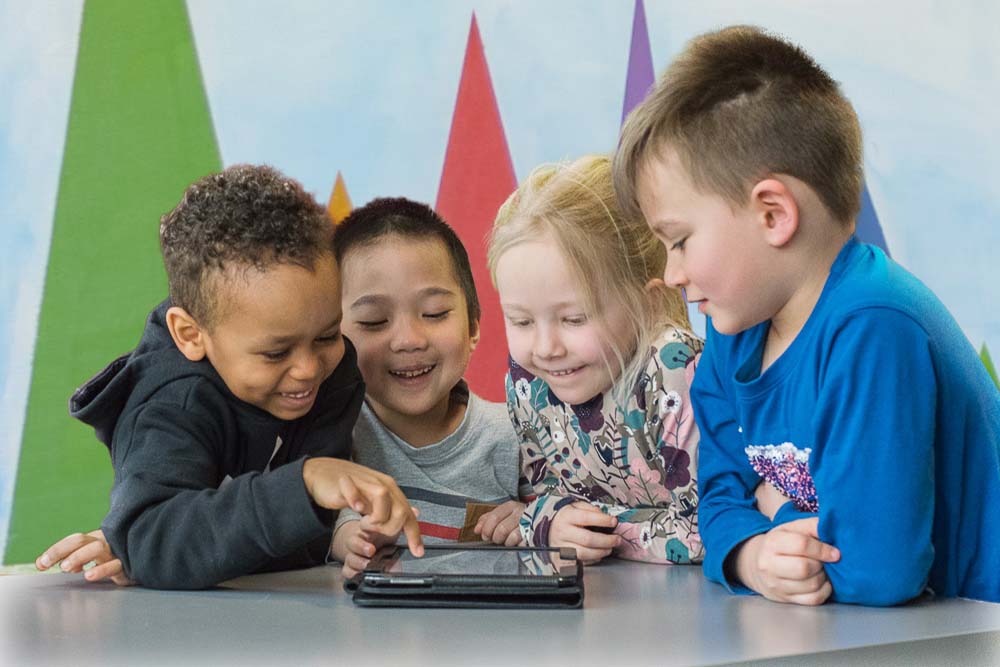

In Finland, the population of immigrant students is increasing. The successful integration of immigrant students requires they are provided an effective second language education. Learning the language of the host country enables immigrant students to communicate with their peers and teachers, to have opportunities to learn in integrated classrooms or schools, to access higher education, to understand their rights within the community, and to have a broader range of job opportunities.
Unfortunately, according to the Finnish Institute for Health and Welfare (THL), less than one out of three immigrants in Finland have an advanced level of Finnish or Swedish, the national languages of Finland. Moreover, immigrant and non-immigrant students in Finland are largely segregated, and the gap in well-being as well as performance on PISA between immigrant students and non-immigrant students is one of the largest of all OECD countries (OECD, 2018).
The REDIT project was developed to address the needs of immigrant children in Finland because we believe immigrants have a right to a quality education and that they can positively contribute to Finnish society. Therefore, the aim of our project is to create a language learning game to support immigrant students learn Finnish or Swedish.
Digital learning games have been used to enhance a variety of outcomes, including language acquisition, motivation, and student confidence. They are able to provide immediate feedback, differentiated instruction, and a safe environment for students to practice the target language.
The REDIT game Sprok will be developed through user-centered design (UCD), a methodology that ensures the needs of the stakeholders are met by involving them in the process. The design will also be informed by culturally and linguistically responsive practices to meet the needs of a diverse group of learners. The actual content of the game will align with the Finnish curriculum so that teachers of immigrant children can incorporate it into their lessons.
In Finland, the population of immigrant students is increasing. The successful integration of immigrant students requires they are provided an effective second language education. Learning the language of the host country enables immigrant students to communicate with their peers and teachers, to have opportunities to learn in integrated classrooms or schools, to access higher education, to understand their rights within the community, and to have a broader range of job opportunities.
Unfortunately, according to the Finnish Institute for Health and Welfare (THL), less than one out of three immigrants in Finland have an advanced level of Finnish or Swedish, the national languages of Finland. Moreover, immigrant and non-immigrant students in Finland are largely segregated, and the gap in well-being as well as performance on PISA between immigrant students and non-immigrant students is one of the largest of all OECD countries (OECD, 2018).
The REDIT project was developed to address the needs of immigrant children in Finland because we believe immigrants have a right to a quality education and that they can positively contribute to Finnish society. Therefore, the aim of our project is to create a language learning game to support immigrant students learn Finnish or Swedish.

Digital learning games have been used to enhance a variety of outcomes, including language acquisition, motivation, and student confidence. They are able to provide immediate feedback, differentiated instruction, and a safe environment for students to practice the target language.
The REDIT game will be developed through user-centered design (UCD), a methodology that ensures the needs of the stakeholders are met by involving them in the process. The design will also be informed by culturally and linguistically responsive practices to meet the needs of a diverse group of learners. The actual content of the game will align with the Finnish curriculum so that teachers of immigrant children can incorporate it into their lessons.
Åbo Akademi University
Strandgatan 2
FI-65100 Vasa
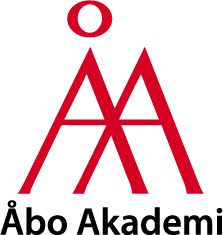
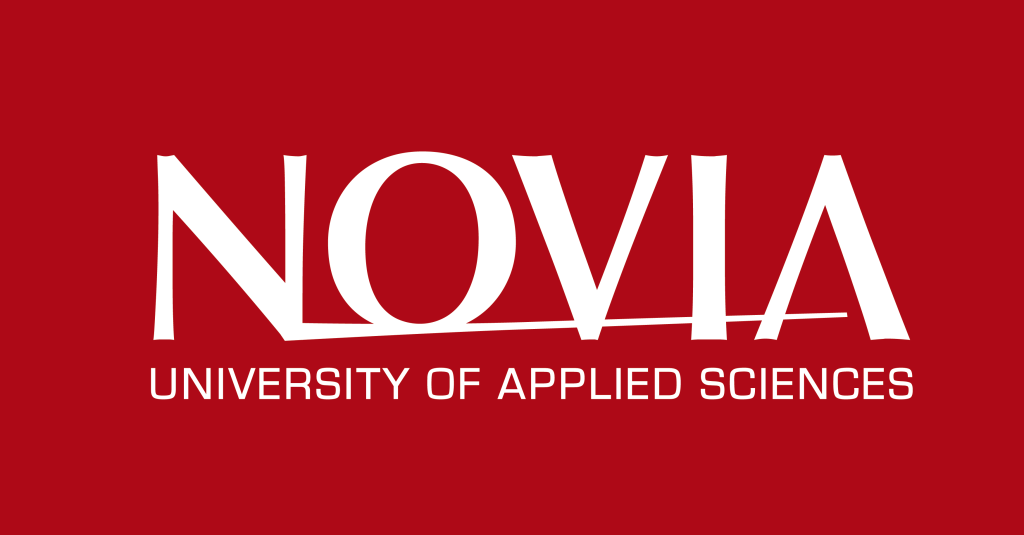

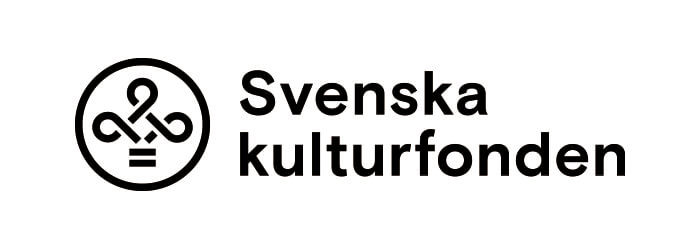
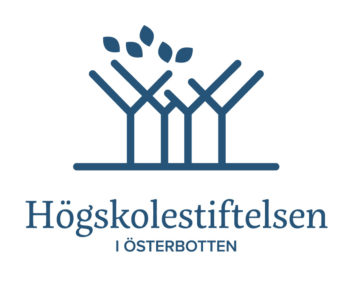
Project REDIT | Web design by BAMM!